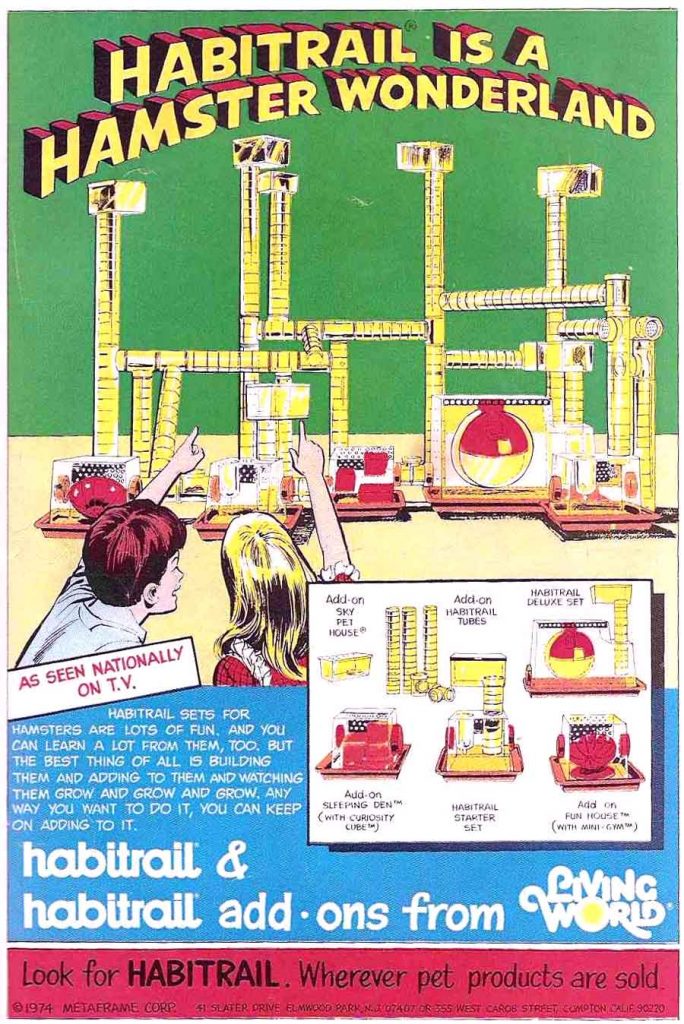
In my previous post, I introduced the concept of a Personal Digital Habitat (PDH) which I defined as: a federated multi-device information environment within which a person routinely dwells. If you haven’t read that post, you should do so before continuing.
That previous post focused on the experience of using a PDH. It established a vision of a new way to use and interact with our personal collections of computing devices. Hopefully it is an attractive vision. But, how can we get from where we are today to a world where we all have our own comfortable digital habitat?
A PDH provides a new computing experience for its inhabitant.1I intend to generally use “inhabitant” rather than “user” to refer to the owner/operator of a PDH. Historically, a new computing experience has resulted in the invention of new operating systems to support that experience—timesharing, GUI-based personal computing, touch-based mobile computing, cloud computing all required fundamental operating system reinvention. To fully support the PDH vision we will ultimately need to reinvent again and create operating systems that manage a federated multi-device PDH rather than a single computing device.
An OS is a complex layered collection of resource managers that control the use of the underlying hardware and services that provide common capabilities to application programs. Operating systems were originally developed to minimize waste of scarce expensive “computer time.” Generally, that is no longer a problem. Today it is more important to protect our digital assets and to minimize wasting scarce human attention.
Modern operating systems are seldom built up from scratch. More typically new operating systems evolve from existing ones2For example, Android was built upon Linux and iOS was built starting from the core of MacOS X. through the addition (and occasional removal) of resource managers and application service layers in support of new usage models. A PDH OS will likely be built by adding new layers upon an existing operating system.
You might imagine a group of developers starting a project today to create a PDH OS. Such an effort would almost certainly fail. The problem is that we don’t yet understand the functionality and inhabitant experience of a PDH and hence we don’t really know which OS resource managers and service layers need to be implemented.
Before we will know enough to build a PDH OS we need to experience building PDH applications. Is this a chicken or egg problem? Not really. A habitat-like experience can be defined and implemented by an individual application that supports multiple devices—but the application will need to provide its own support for the managers and services that it needs. It is by building such applications that we will begin to understand the requirements for a PDH OS.
Some developers are already doing something like this today as they build applications that are designed to be local-first or peer-to-peer based or that support collaboration/multi-user sync. Much of the technology applicable to those initiatives is also useful for building self-contained PDH applications.
If you are an application developer who finds the PDH concept intriguing, here is my recommendation. Don’t wait! Start designing your apps in a habitat-first manner and thinking of your users as app inhabitants. For your next application don’t just build another single device application that will be ported or reimplemented on various phone, tablet, desktop, and web platforms. Instead, start from the assumption that your application’s inhabitant will be simultaneously running it on multiple devices and that they deserve a habitat-like experience as they rapidly switch their attention among devices. Design that application experience, explore what technologies are available that you can leverage to provide it, and then implement it for the various types of platforms. Make the habitat-first approach your competitive advantage.
If you have comments or question tweet them mentioning @awbjs. I first starting talking about personal digital habitats in a twitter thread on March 22, 2021. That and subsequent twitter threads in March/April 2021 include interesting discussions of technical approaches to PDHs.
- 1I intend to generally use “inhabitant” rather than “user” to refer to the owner/operator of a PDH.
- 2For example, Android was built upon Linux and iOS was built starting from the core of MacOS X.